To celebrate World Rangers Day, the Painted Wolf Foundation is donating to ZimParks 100 copies of my book, Painted Wolves: A Wild Dog’s Life which I co-authored with Peter Blinston. This has a value of US$12,000 which will be used to support rangers in the field. This is not the reason to celebrate, but our reasons for donating is.
World Rangers Day provides a moment when we can pause and commemorate those that died or have been injured in the course of their conservation duties. It is also a time to recognise the work of those that continue to risk their lives on the frontline of a struggle to keep our wildlife and its habitats alive.
Since the world’s threatened biodiversity is inextricably linked to humankind’s existence, it is no exaggeration to say that the world’s rangers are on the vanguard of a battle to ensure our very own survival as a species.
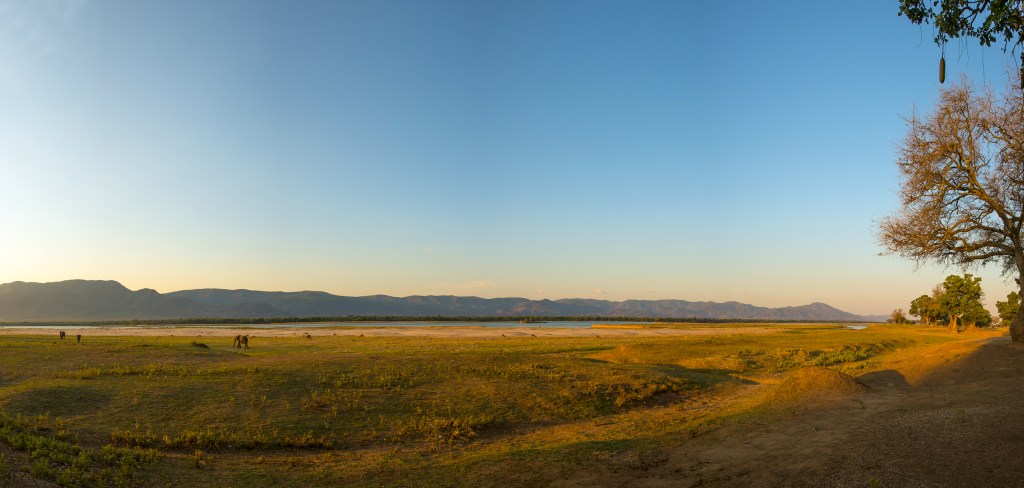
World Rangers Day is also an appropriate time to celebrate their success in a time when conservation stories not only deluge us with headlines of doom and gloom, but also ones of inexorable defeat.
An under-recognised and rarely acknowledged success story is Zimbabwe, a country that came fifth place out of 152 nations in a global study conducted by Oxford Universities Wildlife Conservations Research Unit in conjunction with Panthera which was recently reported in World Atlas.
The Mega Fauna Conservation Index measures a) the proportion of the country occupied by mega-fauna species that survives in the country, b) the proportion of mega-fauna species range that is protected and c) the amount of money spent on conservation – either domestically or internationally, relative to GDP.
By any measure, being ranked five out of 152 is a real achievement. It clearly demonstrates that, after 40 years of independence, Zimbabwe values its wildlife and recognises it as a sustainable and renewable resource as valuable as the precious minerals in its soil.
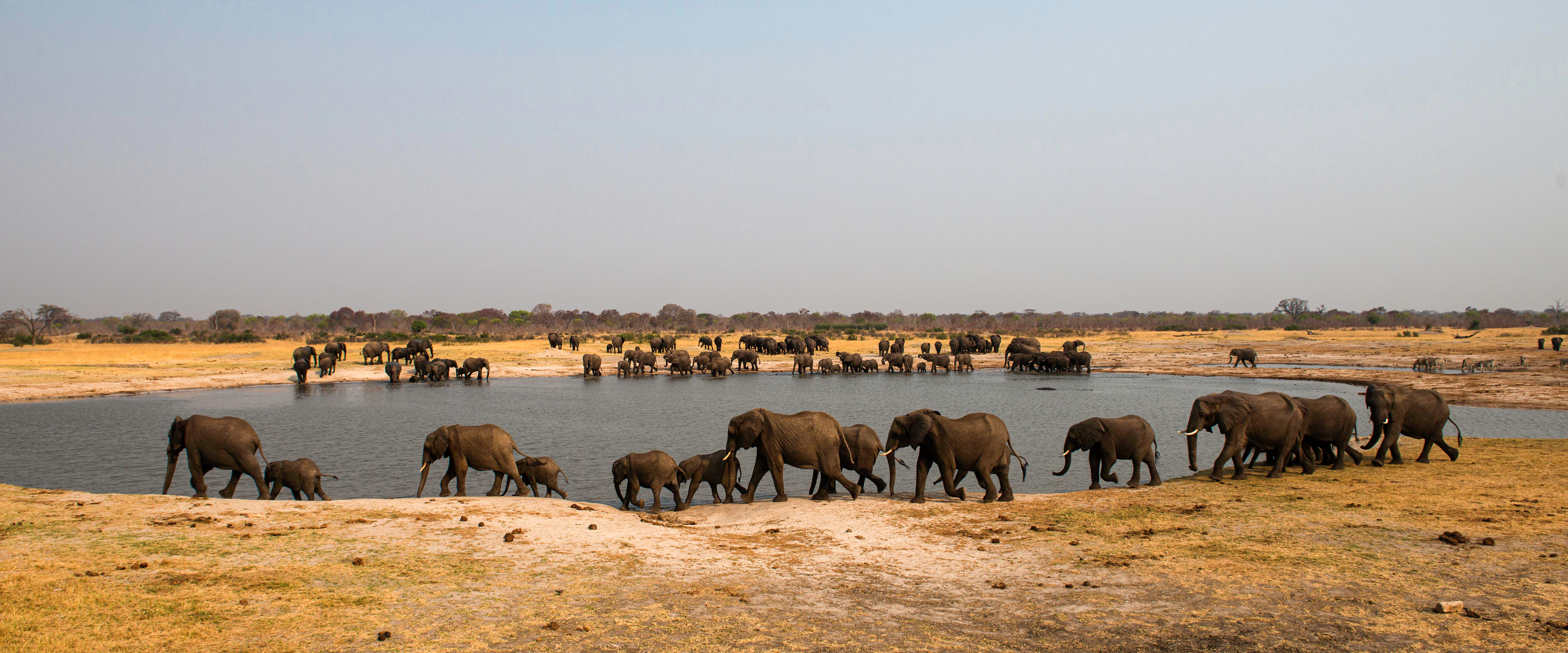
Despite this, in articles, social media and anonymous blogs, there pervades a negative narrative that seems designed to undermine ZimParks and its rangers, usually wrapped in thinly veiled insinuations of incompetence, corruption, a lack of process and an uncaring attitude towards wildlife.
Further, this negative narrative not only undermines ZimParks and its rangers, but also tourism and thus revenue for wildlife protection and conservation. I had a very different view of Zimbabwe before I “braved” visiting here for the first time and experienced the reality. It is no wonder that many outside travel specialists often refer to Zimbabwe as a “hidden treasure” once having been to the country.
It appears to me that the second largest population of elephants, the third largest population of rhino and probably the third largest population of painted wolves; together with 13% of the country’s available land actively protected by ZimParks, are all indicators of success rather than failure.
The fact that this has been achieved through the headwinds of the most severe economic challenges is even more laudable. Unlike most African parks’ authorities, ZimParks is a self-funding parastatal which has had to rely on sub-potential tourist revenues to manage a huge estate.
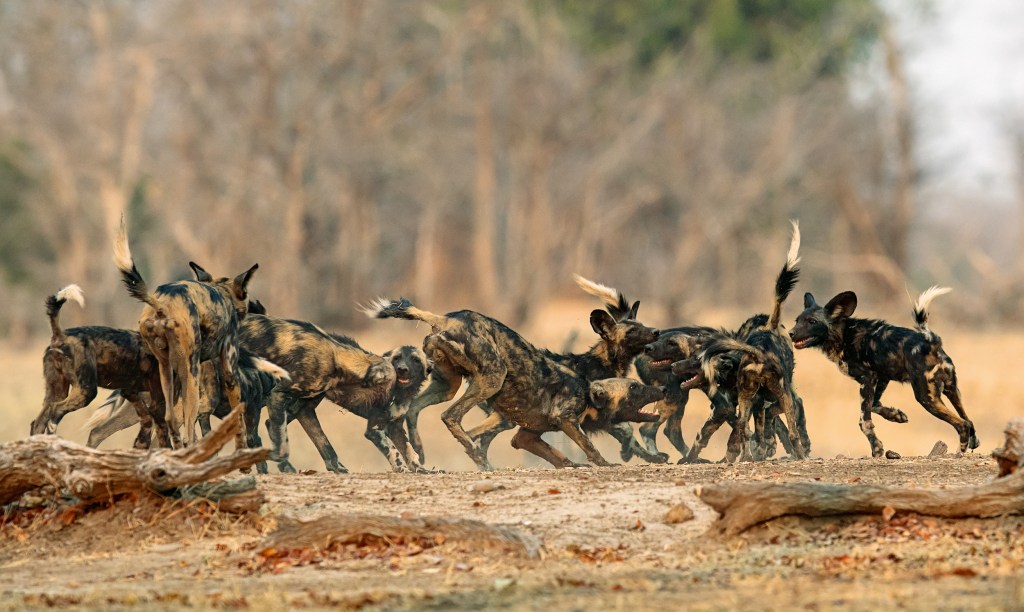
Other African countries that have faced far lesser challenges have seen their wildlife decimated, and it cannot be ignored that this same report places most rich nations on other continents way down the league.
This achievement would not have been possible without the vast army of dedicated rangers on the ground. And they would not be able to operate effectively without strong leadership and a structured and disciplined organisation to manage their operations. Significant support from large and small conservation organisations, both here and abroad, has also contributed to this success.
Of course, there have been setbacks and policies implemented that not everyone agrees with. But no large institution is immune to this and ZimParks and its rangers do not deserve a pervading negativity that often depicts them as the enemy of wildlife and not its guardians
Having spent many months in Mana Pools, I am proud to count many rangers as my friends and stories shared around my campfire have enlightened me to the harsh reality of operating on the front line of the battle to preserve our wildlife.
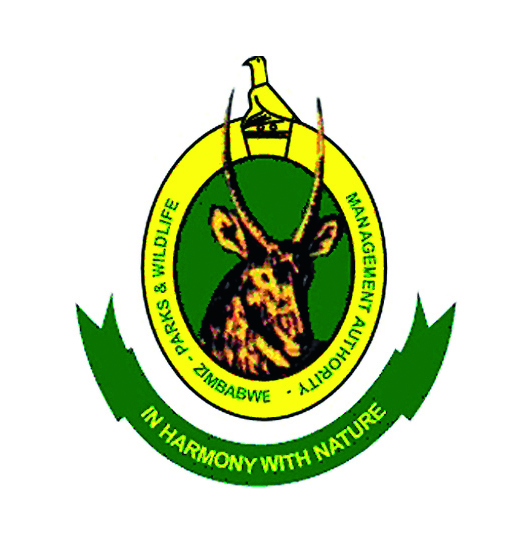
This why I am proud that the Painted Wolf Foundation is donating 100 copies of Painted Wolves: A Wild Dog’s Life, which I wrote with Peter Blinston, to ZimParks. While the books will not help the rangers in the field, the proceeds of sales, which should amount to some US$12,000, will no doubt offer some support, especially in this desperate time of Covid, where most of ZimParks’ revenue has dried up.
When Covid restrictions allow, we will arrange a hand over event and a book signing. If anyone would like to buy a signed copy of the book from ZimParks in the meantime, which will go to supporting rangers, please contact myself or Mr Tinashe Farawo at ZimParks.
The Painted Wolf Foundation
The aim of the Painted Wolf Foundation is to raise worldwide awareness about this much threatened and ignored species and support organisations that conserve painted wolves in the field across Africa.
What we do
• Raises awareness about the painted wolf worldwide
• Increases the support base for the painted wolf
• Elevates the profile of the organisations working to conserve painted wolves in the field
• Raises funds to support field-based conservation of the painted wolf
• Encourages sharing of best practices
• Supports painted wolf campaigns worldwide
We do this by combining expert conservation knowledge with skills in communication and social media.
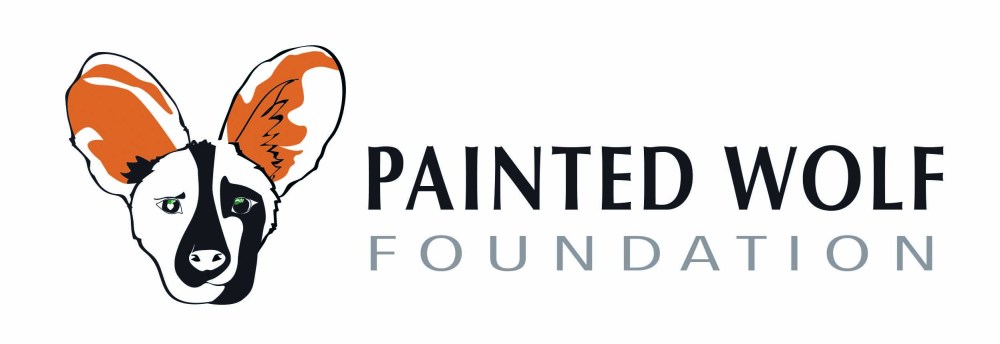
PWF is a registered charity with the UK Charity Commission (Registered Charity Number 1176674)
Painted Wolves: A Wild Dog’s Life
The painted wolf is Africa’s most persecuted predator. It is also its most elusive and enigmatic.
For six years Nick has been tracking and photographing them on foot in the Zambezi Valley.
For twenty years Peter has been doing all he can to save them from extinction.
If there is one book that will let you into the secret world of the painted wolves, this is it, expertly narrated across 300 pages and illustrated with over 220 stunning images.
All profits go to the Painted Wolf Foundation
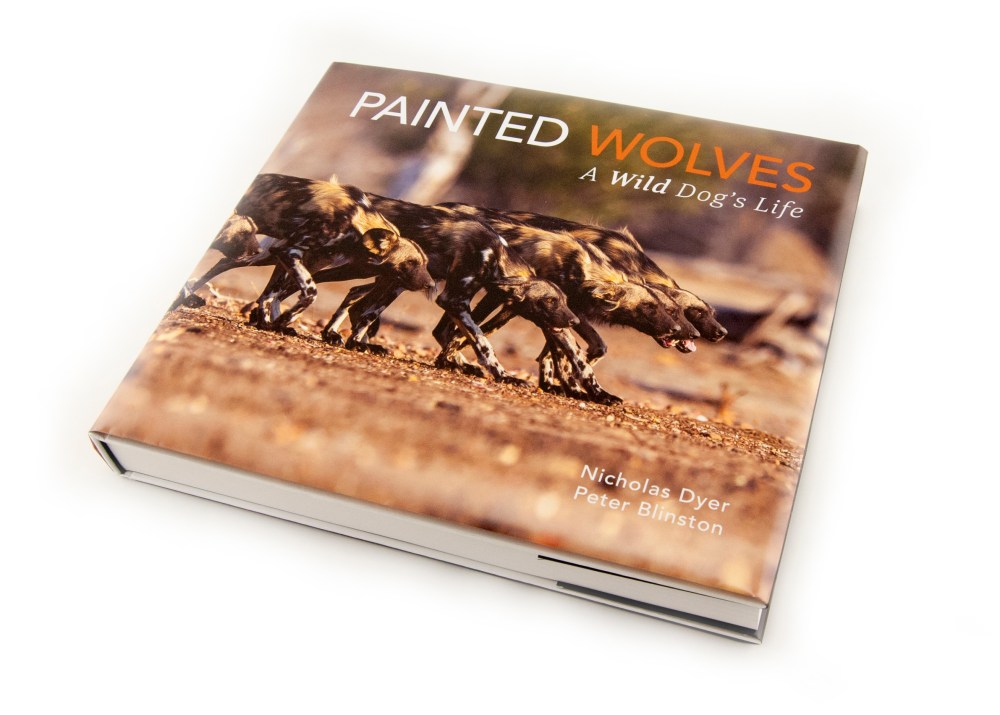

Amazing shots. Can you tell me about your equipment. Camera etc
LikeLike
I use Nikon SLRs – D5 and D850 and a D500 for crop sensor shots. I prefer to take shots on foot and get close to my subject so I mainly use a 400mm F2.8 but recently acquired a 180 – 400mm f4 with 2.8x converter inbuilt. I also usually carry a Gitzo tripod with a Wimberley Gimbal
LikeLike